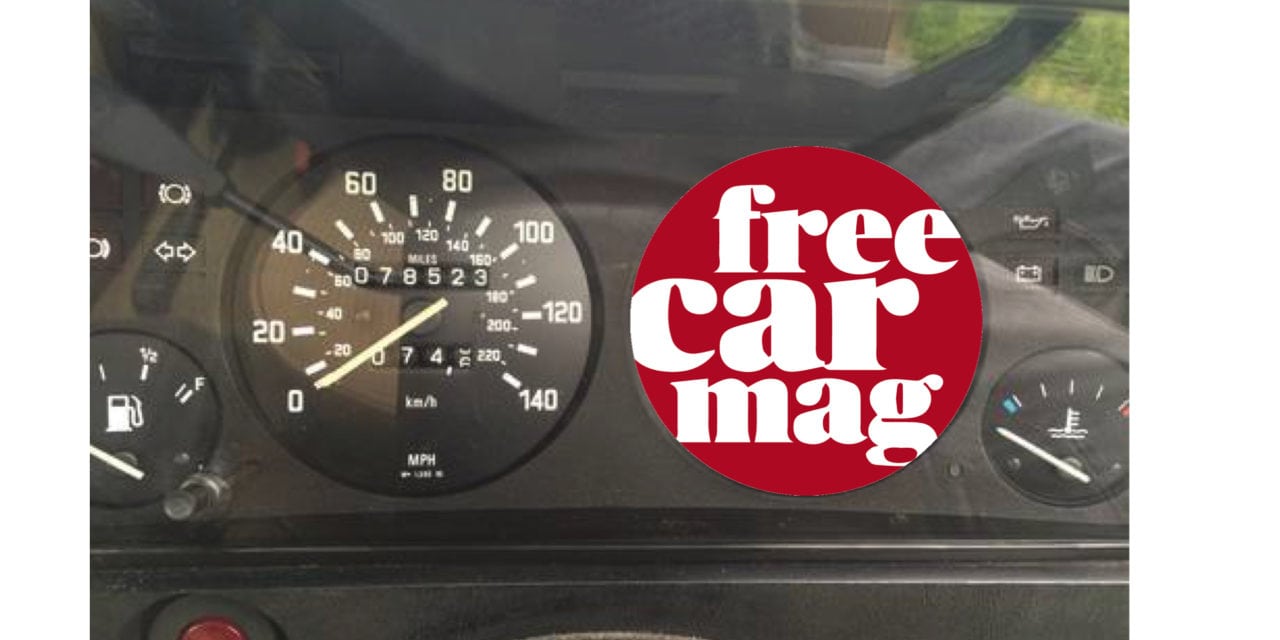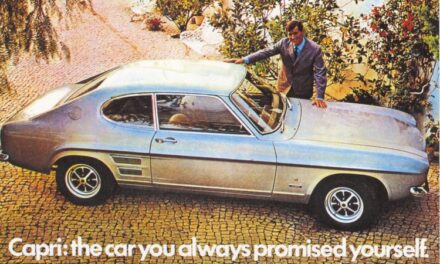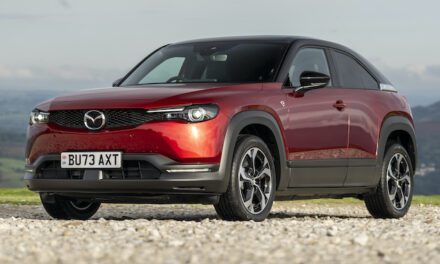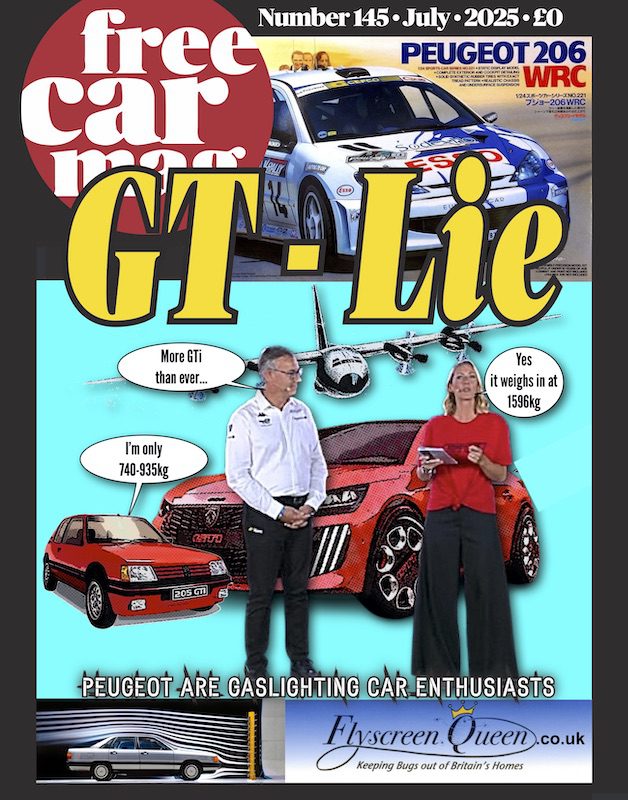With new figures from CAP reporting that the number of clocked cars on UK roads has risen to one in 16 – up from one in 20 three years ago – Exchange and Mart is helping used car buyers protect themselves from fraudsters seeking to turn back the miles, as well as the time this weekend.
Although there are very few legitimate reasons for a vehicle to have its mileage altered, there are an estimated 2.3 million cars in the UK that have been clocked, making it something used car buyers need to watch out for. Clocking is used by dodgy sellers to wind back the mileage on a vehicle and crank up its value, but it has other serious ramifications over and above creating a false mileage reading and an inflated price tag. Techniques used by modern clockers are impacting crucial readings in Engine Control Units (ECUs), potentially leading to both safety and legal issues, warns Exchangeandmart.co.uk.
Around 10% of all the modules in a modern car, such as the airbag, ABS and ignition, feed information into the central ECU system, and each time an event occurs – such as a faulty airbag warning – a ‘snapshot’ of the vehicle’s mileage will be recorded on these modules. Therefore, unless a vehicle’s mileage is wound back by a particularly ‘diligent’ and skilled clocker who alters the mileage readings on all potentially affected modules, in addition to the odometer, these will be out of sync. This conflict between the cars electronics could interfere with the normal routines for service and repair, ultimately leading to safety issues. What’s more, a manufacturer’s warranty may be invalid if the car is found to be clocked.
There are legal consequences too in the event of an accident, as on board computers store information on a vehicle’s speed, which can be used in evidence. After a vehicle’s been clocked, this data could be compromised, making it inadmissible as evidence.
Lynn Clark, Brand Manager for Exchange and Mart explains further, “Clocking is a serious blight on the used car industry, but fortunately, there are steps consumers can take to protect themselves. Always check the vehicle’s mileage reading on documentation, such as service history and MOT records and compare it to the odometer in the car. Contact the previous keeper to make sure the current mileage reading adds up to what it was when they sold it to the current owner. Always trust your judgement; if the car is 7 years old with less than 4,000 miles on the clock, ask questions and look for signs of wear and tear. Worn seats, steering wheels and pedals are all tell-tale signs. And if in doubt, invest in a vehicle provenance check to validate the vehicle’s mileage reading and gain added peace of mind.”
EXCHANGE AND MART’S TIPS ON SPOTTING CAR CLOCKING
• Check the service history – Check the mileages displayed in the service history and look for service stamps from a genuine dealer. Ideally the service invoices will accompany the service history. If in doubt, contact the servicing dealers and check the mileages they recorded at the time of the service.
• Speak to the previous keeper – Get in contact with the previous keeper (details can be found on the V5/logbook). They can identify the mileage of the vehicle when they sold it. Make sure this adds up with the current mileage.
• Trust your judgement – Check who the car was last registered to on the V5. Was it registered as a company car but has done less than 12,000 miles per year? Or is it 15 years old with only 20,000 on the clock? Look for any evidence that indicates clocking.
• Check the mileage – It has been known for clockers to wind back the mileage when you first view the vehicle and then return it to its original reading once the transaction is complete. Make sure you check the mileage is the same when you pick up the vehicle.
• Look for signs of wear and tear – Does the wear and tear on the vehicle match its mileage? Be careful to look out for signs such as worn seats, steering wheels and other vehicle parts. Also look out for brand new easily replaceable parts; the wear and tear should be consistent with the vehicle’s displayed mileage.
• Conduct a vehicle provenance check – A provenance check will confirm what the mileage of the vehicle should be according to legitimate service and MOT records. Prices start from £1.99 but the higher priced vehicle history checks come with a Guarantee for financial peace of mind, should the information they provide prove to be inaccurate.











